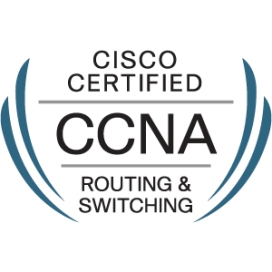It was the easiest test I’ve taken since I started preparing for the CCNA R&S Cert…
OK, maybe this comes across a bit arrogant, but that is not what I mean at all, let me explain.
I am not suggesting that the exam is easy, it is not. Anyone who is, or was preparing for a CCNA certification, needs to work hard at it because it is a well known fact that the exam is pretty demanding.
I mean, if you really prepared to pass the exam, and you do pass the exam… you know a lot about networking.
Continue reading CCNA R&S Certification Exam… a piece of cake…




